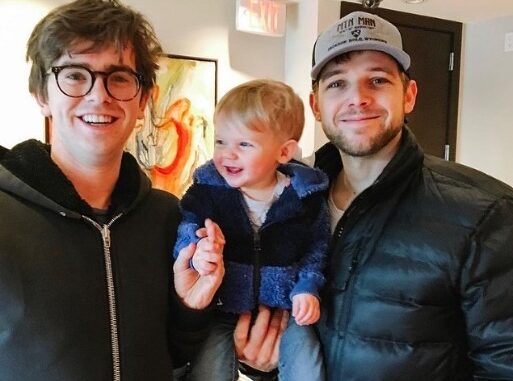
Perhaps no visual element in “The Good Doctor” captures the unique cognitive gifts of Dr. Shaun Murphy more powerfully than the translucent anatomical visualizations that appear when he’s solving complex medical puzzles. These stunning scenes—where audiences literally see through Shaun’s eyes as anatomical structures materialize in three-dimensional clarity—represent one of television’s most innovative approaches to depicting neurodiversity as a superpower rather than a limitation.
“I can see it,” Shaun often states simply, as complex medical mysteries organize themselves within his extraordinary visual processing system. This recurring motif elegantly demonstrates how his autism and savant syndrome manifest not as obstacles but as alternative pathways to brilliant diagnosis. While his colleagues might rely on sequential logical processes or established diagnostic protocols, Shaun perceives patterns holistically, connecting seemingly disparate symptoms into coherent pictures that reveal underlying causes.

The power of these visualization scenes extends beyond their technical impressiveness. They offer viewers unprecedented access to the internal experience of a character whose perception differs fundamentally from neurotypical patterns. Rather than portraying autism through external behaviors alone, the show invites audiences into Shaun’s cognitive architecture, fostering understanding and empathy through shared visual experience.
Freddie Highmore’s performance during these visualization scenes deserves particular mention. His subtle shifts in expression as Shaun navigates his internal landscape—the slight narrowing of eyes, the minimal but purposeful hand movements, the momentary disconnection from external stimuli—convey deep concentration without resorting to exaggerated mannerisms or stereotypical portrayals of autism. These nuanced acting choices reinforce the show’s commitment to representing neurodiversity with authenticity and respect.
The visualization sequences also highlight an important truth often overlooked in discussions about neurodiversity: different cognitive patterns may access insights unavailable to conventional thinking. Shaun’s visualizations aren’t just different ways of processing the same information—they reveal aspects of medical reality that might remain invisible through standard diagnostic approaches. His colleagues don’t merely tolerate his different perspective; they come to rely on it as an essential component of comprehensive medical care.
What makes these scenes particularly effective is their seamless integration with the show’s emotional core. The visualizations aren’t merely technical achievements but dramatic revelations that advance character development and deepen relationships. When Shaun’s internal models lead to life-saving interventions, we witness not just medical triumph but the vindication of his unique way of being in the world.
Through these extraordinary visualization sequences, “The Good Doctor” transforms the abstract concept of neurodiversity into concrete visual experience, inviting viewers to appreciate how differences in perception can lead to revolutionary insights. In doing so, the show delivers its most profound message: that seeing the world differently isn’t merely acceptable but potentially transformative for medicine and humanity alike.
